2013 Hyundai Sonata and Sonata Hybrid: Car Seat Check

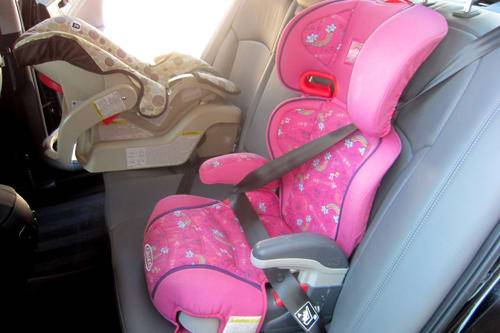
One big bonus for families is how well the Sonata’s backseat accommodated two child-safety seats. Check out our Car Seat Check below.
How many car seats fit in the second row? Two
What We Like
- The two sets of Latch anchors sit about a half-inch into the seat bight and were easy to find and use despite the seat’s stiff cushions.
- Both the rear-facing infant and convertible seats installed easily and had plenty of room; there was no need to move the front passenger seat forward.
- The top tether was easy to use, and we installed the forward-facing convertible seat without a problem.
What We Don’t
- The booster had plenty of room, but kids might have trouble buckling up independently because the buckles are on floppy bases.
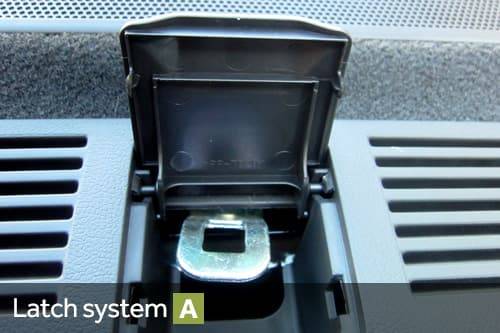
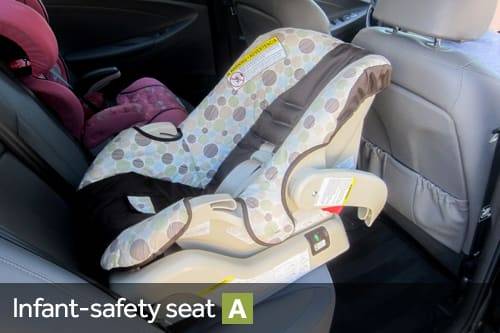
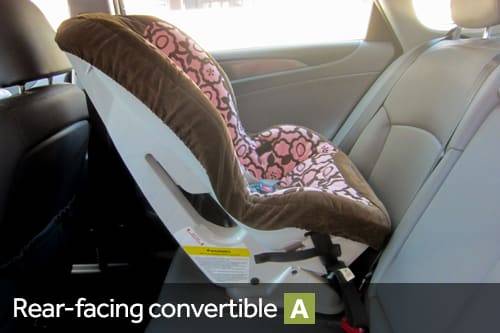
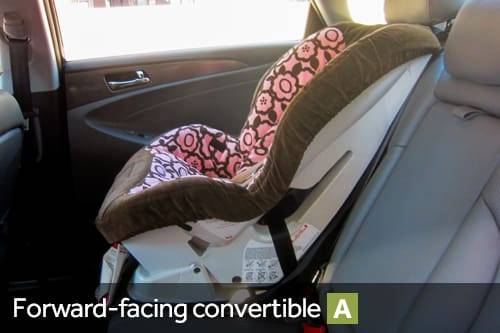
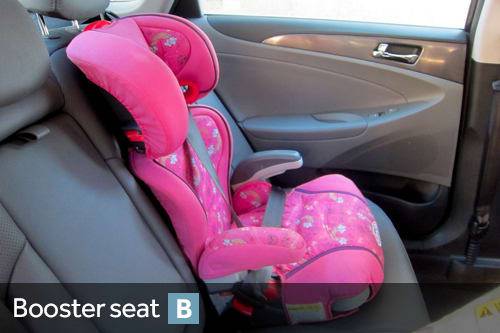
Grading Scale
A: Plenty of room for the car seat and the child; doesn’t impact driver or front-passenger legroom. Easy to find and connect to Latch and tether anchors. No fit issues involving head restraint or seat contouring. Easy access to the third row.
B: Plenty of room. One fit or connection issue. Some problems accessing third row when available.
C: Marginal room. Two fit or connection issues. Difficult to access third row when available.
D: Insufficient room. Two or more fit or connection issues.
F: Does not fit or is unsafe.
About Cars.com’s Car Seat Checks
Editors Jennifer Geiger and Jennifer Newman are certified child safety seat installation technicians.
For the Car Seat Check, we use a Graco SnugRide 30 infant-safety seat, a Britax Roundabout convertible seat and Graco TurboBooster seat. The front seats are adjusted for a 6-foot driver and a 5-foot-8 passenger. The three child seats are installed in the second row. The booster seat sits behind the driver’s seat, and the infant and convertible seats are installed behind the front passenger seat.
We also install the forward-facing convertible in the second row’s middle seat with the booster and infant seat in the outboard seats to see if three car seats will fit; a child sitting in the booster seat must be able to reach the seat belt buckle. If there’s a third row, we install the booster seat and a forward-facing convertible.
Parents should also remember that they can use the Latch system or a seat belt to install a car seat.
Related
Research the 2013 Hyundai Sonata Hybrid
More Car Seat Checks
More Safety News

News Editor Jennifer Geiger joined the automotive industry in 2003, much to the delight of her Corvette-obsessed dad. Jennifer is an expert reviewer, certified car-seat technician and mom of three. She wears a lot of hats — many of them while driving a minivan.
Featured stories




